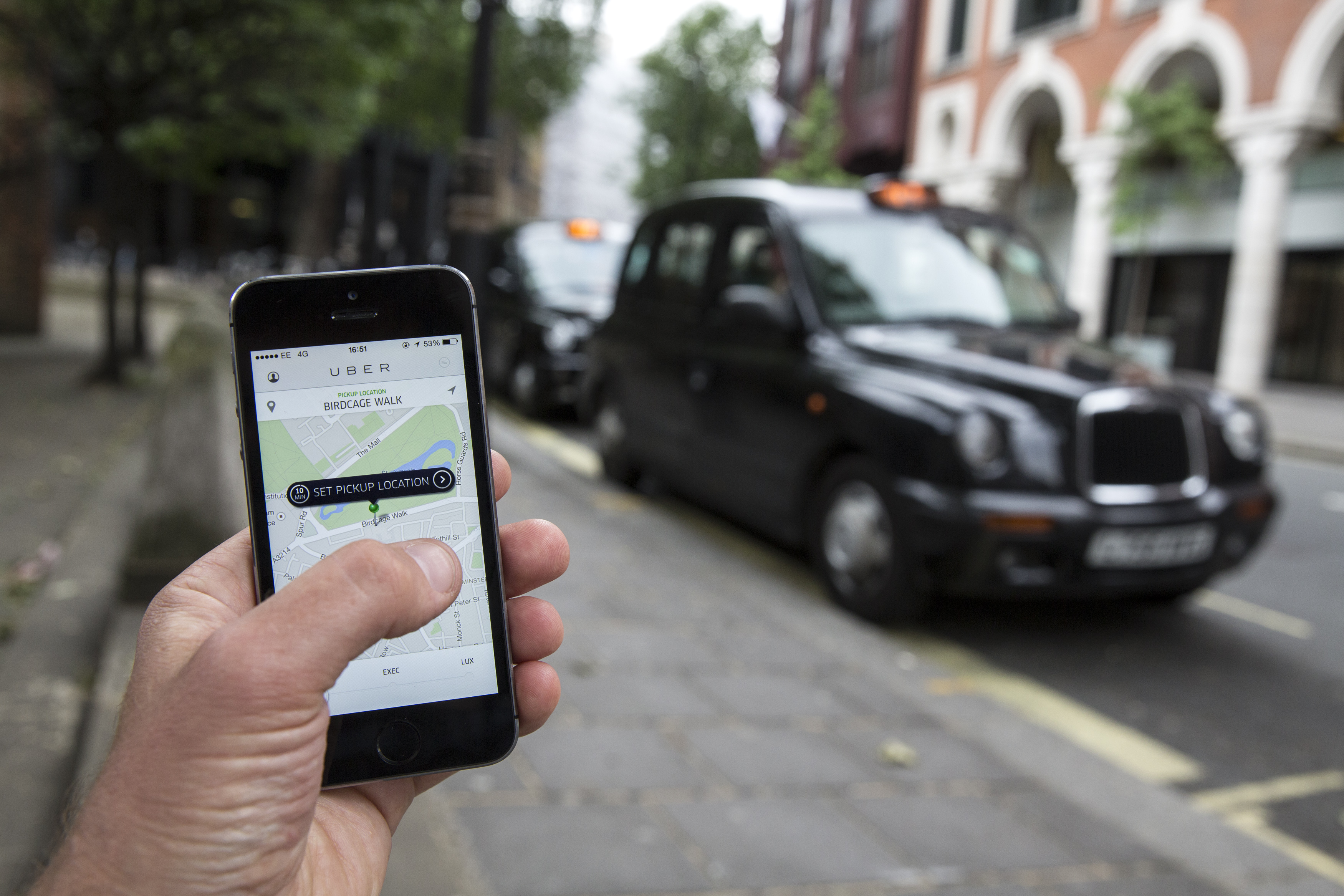The Transport Authority of London decided against renewing Uber’s licence to operate Friday, September 22, effectively banning the car service from operating in one of the largest metropolitan areas in the world. Uber estimates that this action will put over 40,000 drivers out of work and inconvenience the 3.5 million Londoners who use the app.
The decision is a major victory for the Black Cab drivers of London, who have long detested Uber’s infiltration into their transportation market. In 2014, Black Cab drivers protested Uber by parking their cars in the middle of the streets to create a gridlock. Uber reported that downloads of the app that day increased by 850 percent from the same day a week prior.
Uber has time before the Sept. 30 license expiration date to appeal the decision; however, if the appeal is denied, it would be the latest blow in a laundry list of troubles this year for the ride-hailing app.
“Transport for London and the mayor have caved in to a small number of people who want to restrict consumer choice. If this decision stands, it will put more than 40,000 licensed drivers out of work and deprive Londoners of a convenient and affordable form of transport.”
Uber London general manager Tom Elvidge released a statement condemning the the London transport authority : “Transport for London and the mayor have caved in to a small number of people who want to restrict consumer choice. If this decision stands, it will put more than 40,000 licensed drivers out of work and deprive Londoners of a convenient and affordable form of transport.”
The reasoning behind the ban stems from Uber’s alleged use of software that skirts app monitoring by law enforcement officials. The use of this “Greyball” software is purportedly the subject of a criminal investigation in the United States for helping drivers operate in cities where Uber was not allowed, such as Portland, Oregon.
The problem Uber faces, time and time again, comes as a direct result of massive variations in the transportation governance laws in each area of operation. In Michigan, for example, Uber had been operating on a city-to-city agreement with local legislators, until a March 21 state law ruled that Uber and Lyft, among other ride-sharing companies, would be defined as Transportation Network Companies (TNCs) and regulated under the same laws as taxi and limousine companies.
This legislation had been controversial, as its opposers argued it was antithetical to the fundamental structures of Uber and Lyft, since previous taxi and limousine regulation had required drivers to obtain a chauffeur’s license.
Uber’s emergence was a godsend for consumers in big cities like London, where it forces much more competitive prices in markets that have typically been cornered by only a handful of cab companies who were free to charge whatever price they thought they could get away with.
The new law abolished the necessity of a chauffeur’s license for taxi, limousine, and TNC drivers, while still holding TNC drivers to the same background check regulations as taxi and limousine drivers, which were stricter in some cases than the previous regulations of certain TNCs.
However, this problem has been quite pervasive for Uber, who has to dedicate countless resources to dealing with the local government in each area of operation. Their business model is a new and market-encroaching one, which has several benefits and downfalls depending on who you ask.
Uber’s emergence was a godsend for consumers in big cities like London, where it forces much more competitive prices in markets that have typically been cornered by only a handful of cab companies who were free to charge whatever price they thought they could get away with.
On the other hand, cab drivers’ livelihoods depend on their profession, which is actually a profession for a plurality of them, whereas for Uber and Lyft drivers, often it’s just a side gig meant to make some extra pocket money. The regulations for cab drivers in different cities are far stricter and take much more time to complete for taxi and limousine drivers, depending on the locale where they’re operating, and one could understand the infuriation at watching Uber drivers get on the road after the short period required to only pass a criminal and driving background test.
It’ll be interesting to watch the tech giant continue to navigate through these differing regulations and to continue upset ride-hailing markets in cities across the globe in the upcoming months and years – to be complicated by an impending IPO.
